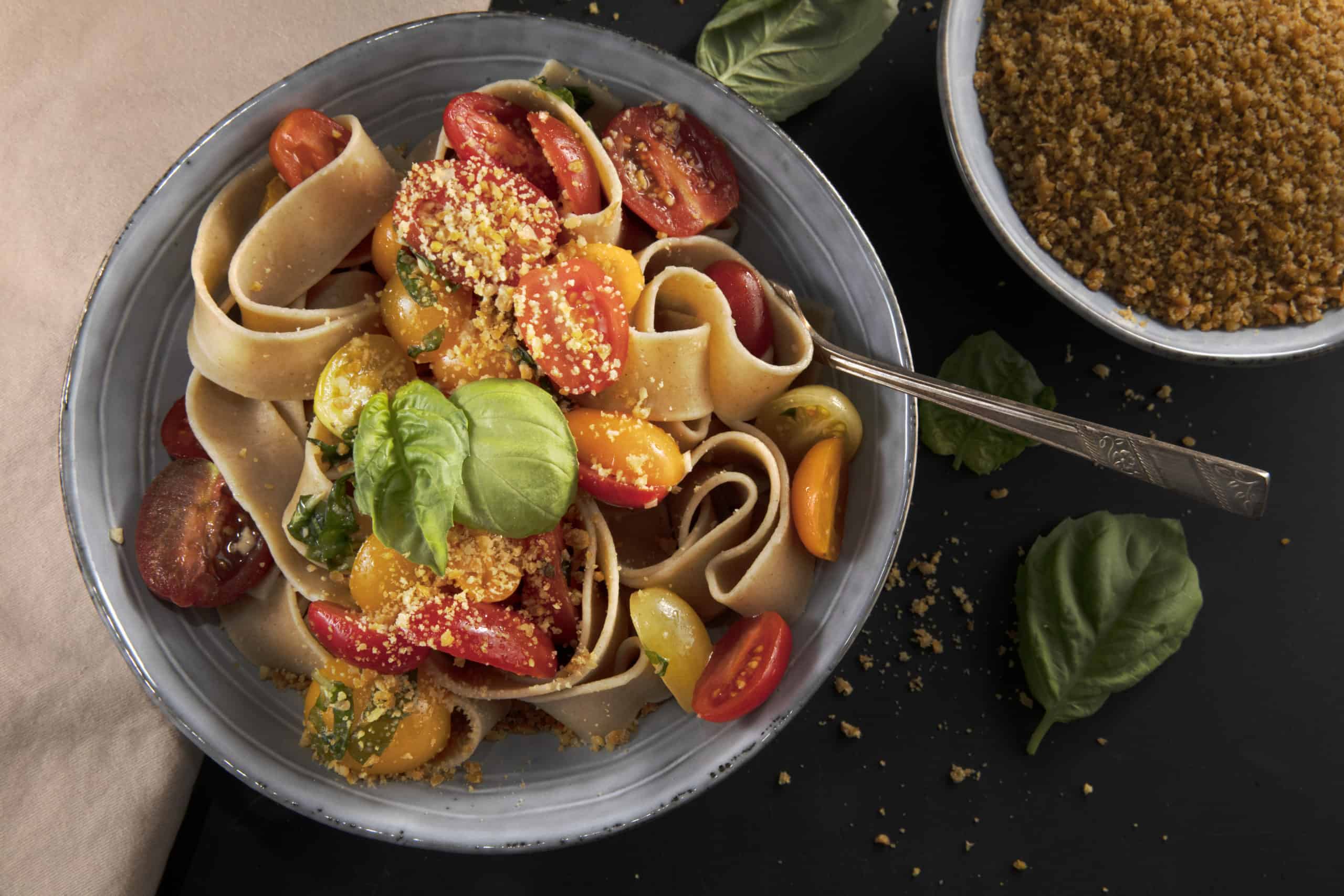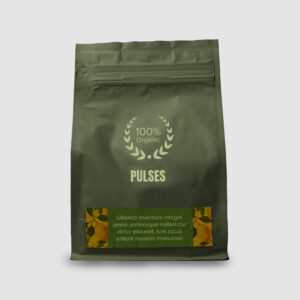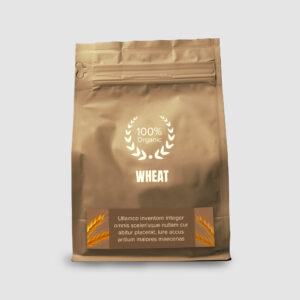What is Lorem Ipsum?
Lorem Ipsum is simply dummy text of the printing and typesetting industry. Lorem Ipsum has been the industry’s standard dummy text ever since the 1500s, when an unknown printer took a galley of type and scrambled it to make a type specimen book. It has survived not only five centuries, but also the leap into electronic typesetting, remaining essentially unchanged. It was popularised in the 1960s with the release of Letraset sheets containing Lorem Ipsum passages, and more recently with desktop publishing software like Aldus PageMaker including versions of Lorem Ipsum.
Why do we use it?
It is a long established fact that a reader will be distracted by the readable content of a page when looking at its layout. The point of using Lorem Ipsum is that it has a more-or-less normal distribution of letters, as opposed to using ‘Content here, content here’, making it look like readable English. Many desktop publishing packages and web page editors now use Lorem Ipsum as their default model text, and a search for ‘lorem ipsum’ will uncover many web sites still in their infancy. Various versions have evolved over the years, sometimes by accident, sometimes on purpose (injected humour and the like).
Where does it come from?
Contrary to popular belief, Lorem Ipsum is not simply random text. It has roots in a piece of classical Latin literature from 45 BC, making it over 2000 years old. Richard McClintock, a Latin professor at Hampden-Sydney College in Virginia, looked up one of the more obscure Latin words, consectetur, from a Lorem Ipsum passage, and going through the cites of the word in classical literature, discovered the undoubtable source. Lorem Ipsum comes from sections 1.10.32 and 1.10.33 of “de Finibus Bonorum et Malorum” (The Extremes of Good and Evil) by Cicero, written in 45 BC. This book is a treatise on the theory of ethics, very popular during the Renaissance. The first line of Lorem Ipsum, “Lorem ipsum dolor sit amet..”, comes from a line in section 1.10.32.
The standard chunk of Lorem Ipsum used since the 1500s is reproduced below for those interested. Sections 1.10.32 and 1.10.33 from “de Finibus Bonorum et Malorum” by Cicero are also reproduced in their exact original form, accompanied by English versions from the 1914 translation by H. Rackham.

Want to save your favorite recipes? Create a free account and login. Then you can use the “Save To Recipe Box” button when viewing a recipe to save it to your personal Recipe Box.
Ingredients
Spices
- Black pepper
- Sea salt
- Red chilli flakes
- Paprika
- ground cumin
- Cumin seeds
- Coriander
- Fennel seeds
- Curry powder
- Ground cinnamon
- Garlic powder
- Garam masala
- Ground ginger
- Ground tumeric
- Hot chili powder
- Mild chili powder
- Onion powder
- Smoked paprika
Dried Herbs
- Thyme
- Dried oregano
- Dried rosemary
- Mixed Italian herbs
Instructions
- Preheat the oven to 200C/180C Fan/Gas 6.
- Arrange the carrots and celeriac to a large roasting tin and the beetroot in a smaller one. Drizzle with ½ tablespoon of the oil each and season with salt and pepper. Roast for 20 minutes. (The beetroot is roasted separately to prevent the colour running, but you can roast them together in one large tin if you prefer.)
- Mix the onions with the remaining oil and season with salt. Add to the carrots and celeriac along with the thyme and roast for a further 20 minutes.
- While the vegetables are roasting, make the sage and onion balls. Heat the oil and butter in a frying pan, add the onion and fry until softened. Add the sage and lemon zest and remove from the heat. Transfer to a bowl and add the breadcrumbs. Season with plenty of salt and pepper, then stir in the egg until evenly mixed. Shape into eight balls.
- To make the sauce, whisk everything together.
- Remove the roasting tins from the oven and add the beetroot to the carrots and celeriac. Sprinkle the cannellini beans evenly over the veg. Pour over the sauce. Arrange the balls over the vegetables, then roast for a further 15–20 minutes until the balls are cooked through and browned and the sauce has reduced and formed a sticky glaze on the top of the vegetables.
Recommended products
-
 Pulses From Organic Farm$15.00
Pulses From Organic Farm$15.00 -
 Wheat From Organic Farms$34.00
Wheat From Organic Farms$34.00


